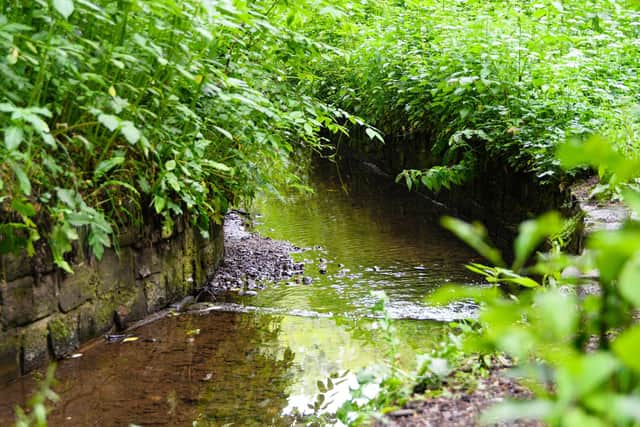Increase in population leads to increase in river pollution - Yorkshire Post Letters
There has been some interest in river pollution recently, particularly about storm sewage discharges and increased amounts of treated sewage effluent.
In my days as a pollution policeman with the old river boards, and later with manufacturers and contractors in the industry I found there were three basic approaches to pollution: 1) Stop making the situation worse. 2) See what worthwhile improvements could be made at reasonable cost. 3) Look at what required major expenditure and engineering.
Advertisement
Hide AdAdvertisement
Hide AdAt present we have a considerable increase in population fed by unrestricted immigration. This has led to an exodus from cities to places like Harrogate and Knaresborough. We can see our green fields covered in concrete and housing estates springing up all around.


Houses are connected to already overloaded sewerage and sewage treatment facilities. It is not just the domestic sewage that is connected but roof water and in some cases road drainage. This makes the situation worse, increasing discharges of storm sewage.
There are certain things that can be done at reasonable cost such as raising overflow weirs, fitting sewage screens, and increasing storage capacity at treatment works.
Those interested in our rivers should be told that not all sewage is treated. The industry standard is generally that up to three times the dry weather flow is given full biological treatment, between three and six times, passed through storm sewage tanks, and above six times passed to rivers either untreated or through screens.
Advertisement
Hide AdAdvertisement
Hide AdDealing with increased populations requires major expenditure in extending treatment works, and increasing the capacity of the sewerage system. Replacing sections of sewers is generally very costly and disruptive as most sewers are in roads. Diverting surface water to a separate system and discharging this to a stream is also very expensive.
Both Yorkshire Water and the Environment Agency (EA) have detailed information on the location, type, and volume of discharges to rivers. The EA also has good information on river flows. There is no reason why interested parties can not be given this information.
